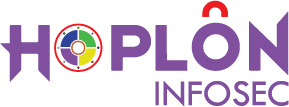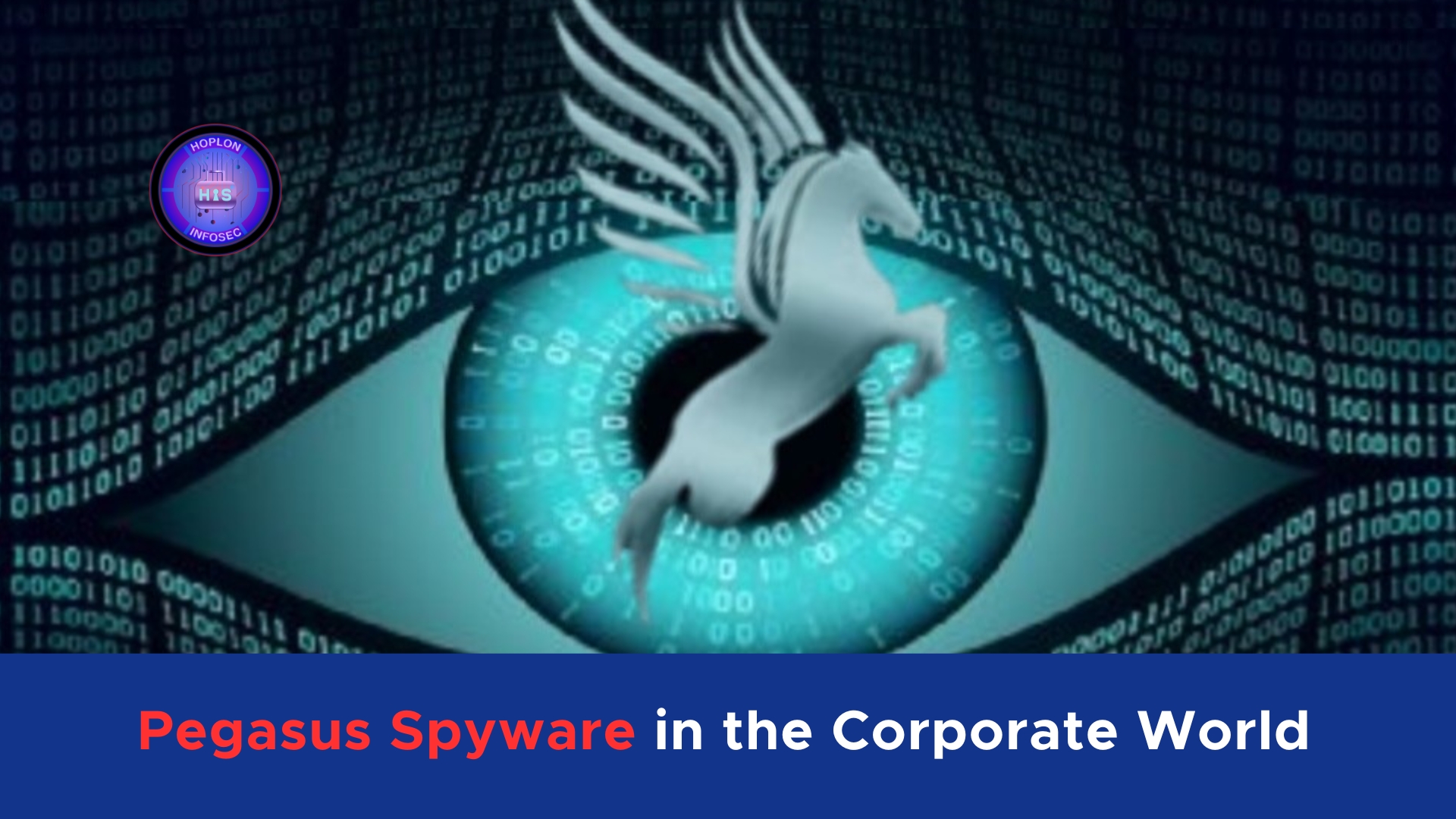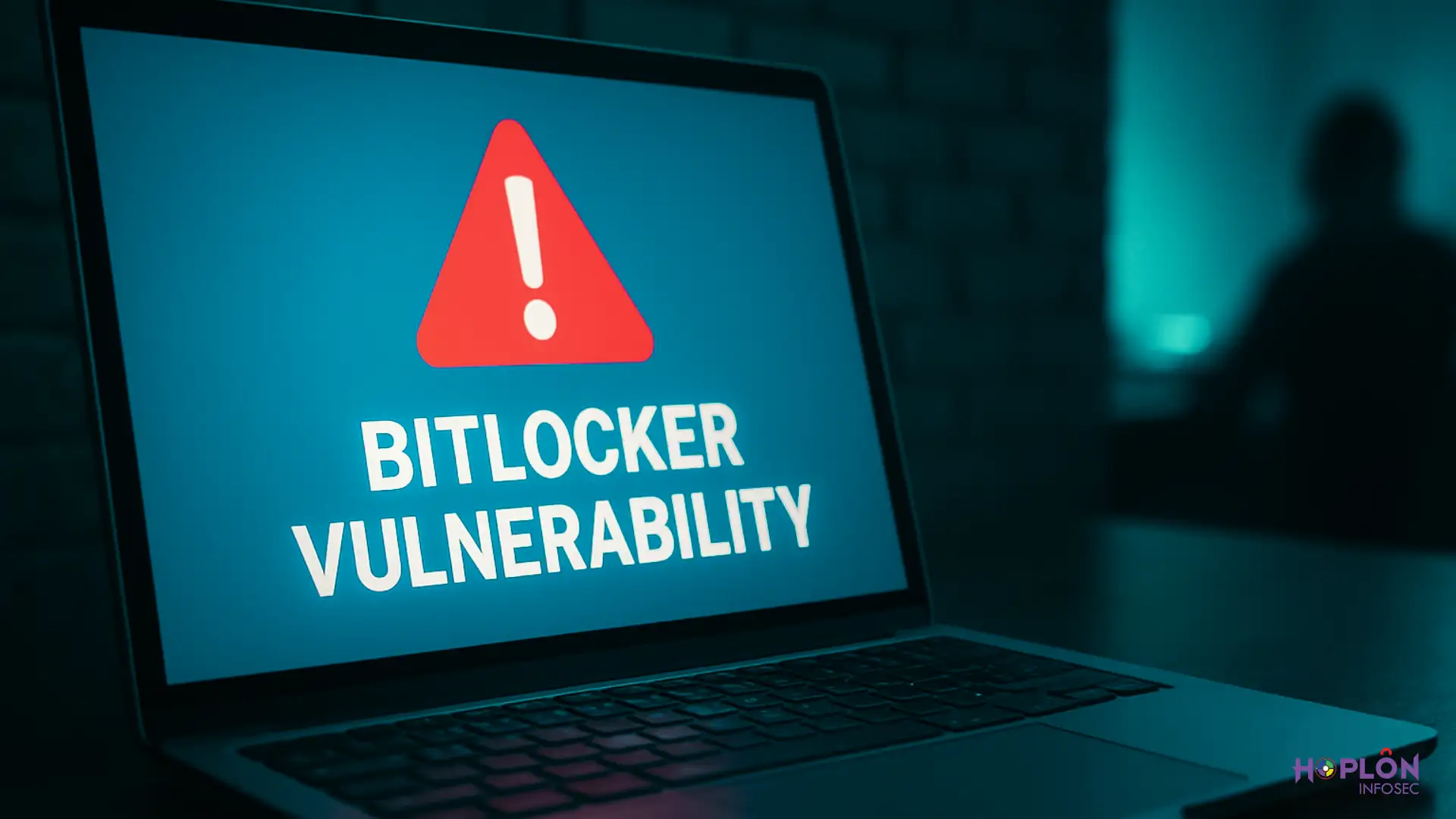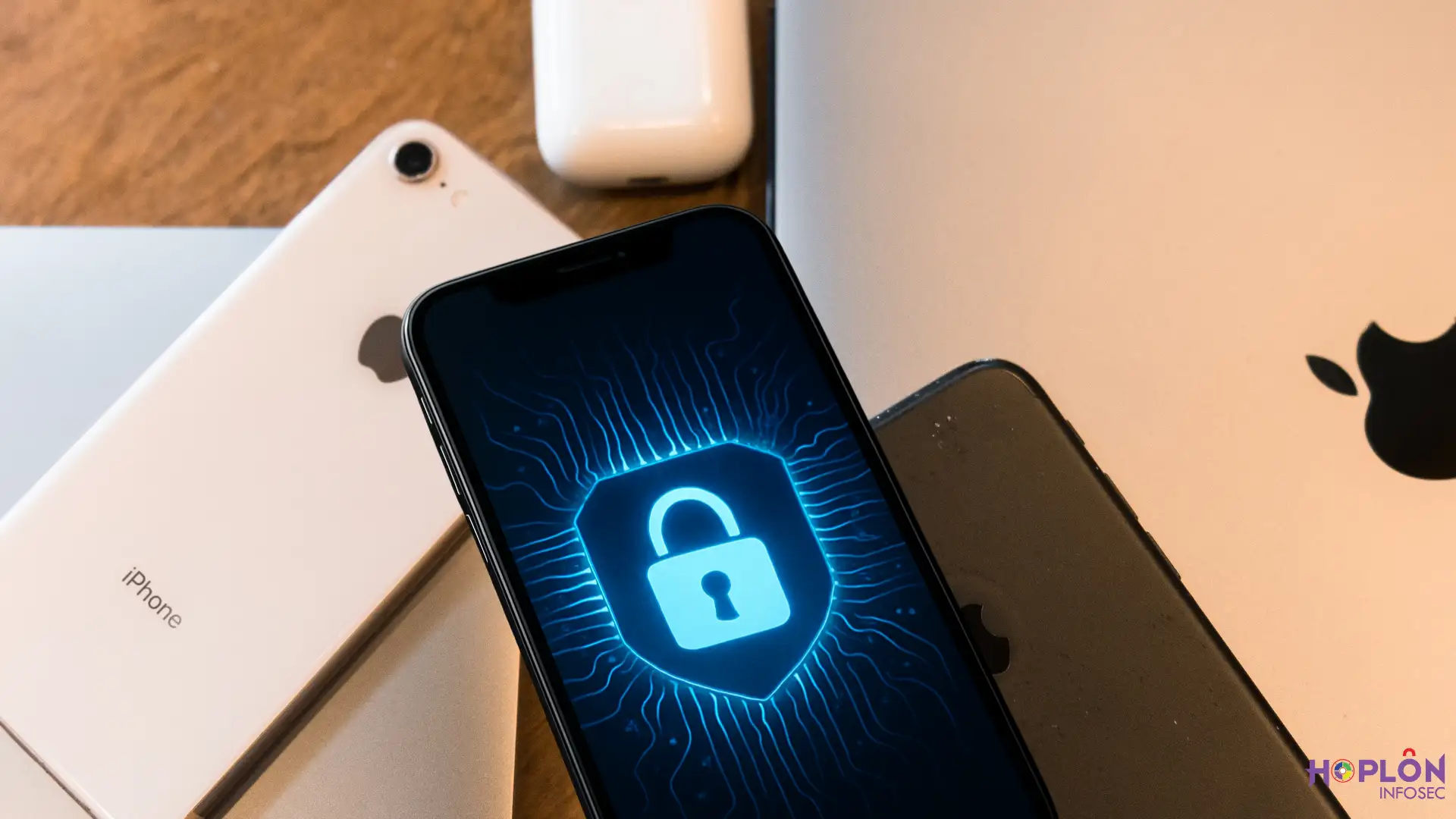In recent years, Pegasus spyware has emerged as one of the most notorious tools for surveillance and espionage. Initially associated with targeting journalists, activists, and political dissidents, this sophisticated malware is now being deployed against executives in the private sector, including finance, real estate, and logistics. This shift in targets signals not only an evolution in the tactics of cyber adversaries but also an expansion of the threat landscape to include corporate espionage. In this article, we will explore the workings of Pegasus spyware, discuss the latest findings from global investigations, examine how detection tools are adapting, and offer actionable mitigation strategies for businesses.
Background on Pegasus Spyware
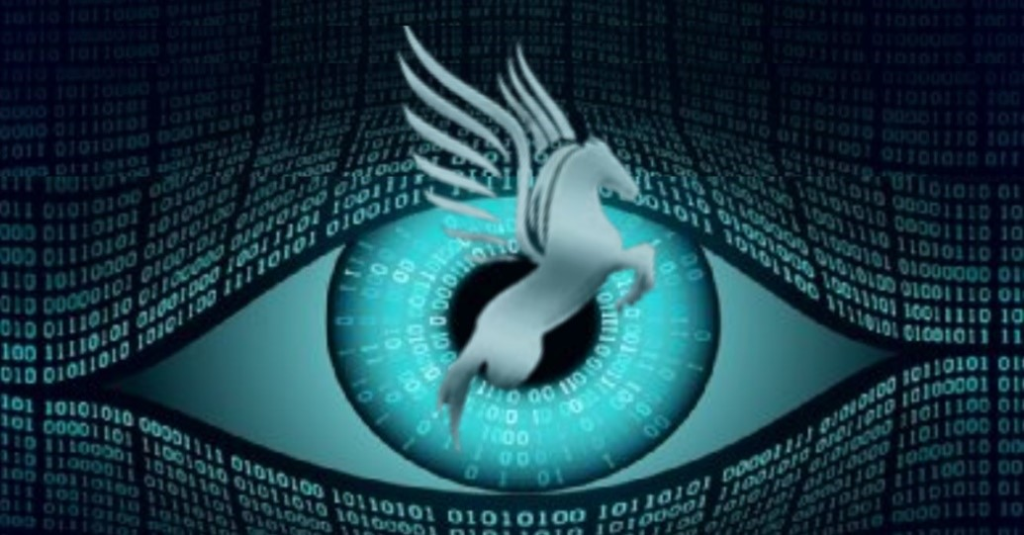
Pegasus spyware was developed by the Israeli firm NSO Group and has been shrouded in controversy ever since its inception. Originally marketed as a tool to combat terrorism and crime, Pegasus soon became infamous for its misuse. Its ability to infiltrate smartphones without the user’s knowledge has made it a powerful asset for state-sponsored surveillance. However, the recent trend of targeting high-level executives underscores a broader and more dangerous application of this technology.
The shift from political and activist targets to the corporate world illustrates how cyber espionage has evolved. Cyber adversaries are now leveraging Pegasus not only to gather political intelligence but also to gain a competitive edge in the business sector. As global investigations reveal, the spyware’s stealth and persistence allow it to bypass traditional security measures, making it a significant threat to corporate data and privacy.
How Pegasus Spyware Operates
At its core, Pegasus spyware exploits vulnerabilities in both iOS and Android operating systems. One of its most concerning features is its use of zero-click exploits. Unlike many malware types that require some form of user interaction (such as clicking a malicious link or opening an infected file), zero-click exploits enable Pegasus to infiltrate a device without any user intervention. This is often achieved by exploiting flaws in widely used communication applications like iMessage and WhatsApp.
Once Pegasus gains entry, it escalates its privileges, effectively achieving root access on the device. This allows the spyware to operate with the same level of control as the operating system itself. Consequently, attackers can remotely access and exfiltrate sensitive data, including encrypted messages, financial documents, and even audio recordings by activating the device’s microphone.
The stealthy nature of Pegasus is further enhanced by its ability to persist through operating system updates. Investigations have revealed that some devices have been compromised since as early as 2021, with multiple variants of Pegasus (such as v3.8.2 and v4.1.0) remaining active despite routine security patches and updates. This persistent compromise is a stark reminder of the challenges that modern cybersecurity faces, especially when dealing with advanced state-sponsored tools.
Recent Investigations and Global Findings
A December 2024 investigation by iVerify, a cybersecurity firm specializing in mobile threat analysis, shed new light on the evolving threat posed by Pegasus spyware. In this investigation, 11 new Pegasus infections were detected among 18,000 devices scanned globally. While the percentage might seem small at first glance, it represents a significant shift in the tactics of espionage—from targeting politically active individuals to focusing on corporate executives across various industries.
The findings are detailed in iVerify’s latest report, which highlights how Pegasus can bypass traditional security safeguards. Notably, nearly 50% of the infections went undetected by Apple’s Threat Notifications, leaving users unaware of the spyware’s presence on their devices. This gap in detection underscores the sophistication of Pegasus and the need for more robust security measures in both the consumer and corporate sectors.
The data from this investigation suggests a global infection rate of approximately 1.5 per 1,000 devices. Although this rate might appear low, it implies that thousands of devices worldwide could be compromised, especially considering the targeted nature of the attacks on high-profile corporate executives. Moreover, the fact that 55% of the infected users received no alerts from Apple’s built-in security notifications raises serious concerns about the efficacy of existing protective measures.
Zero-Click Exploits and Persistent Compromise
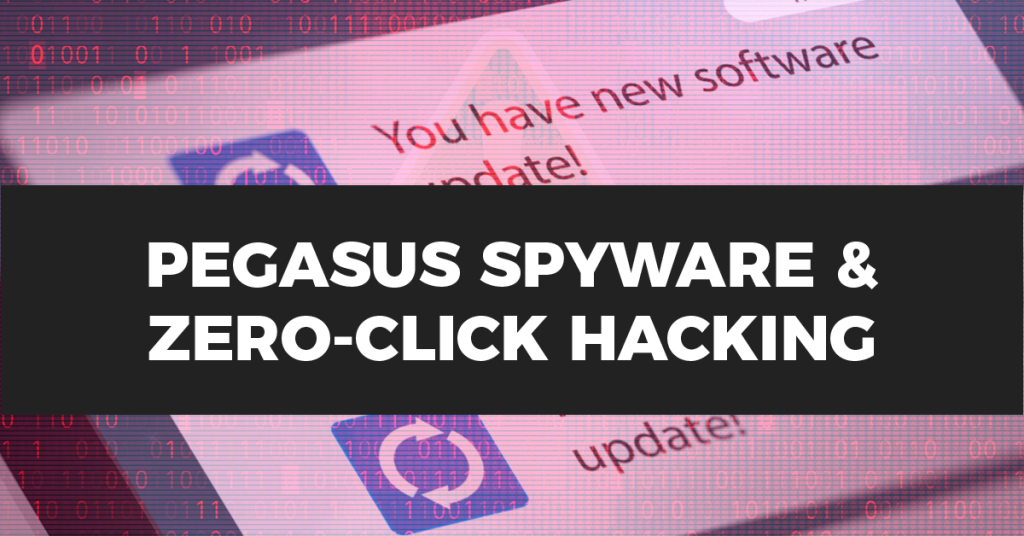
One of the defining characteristics of Pegasus spyware is its reliance on zero-click exploits. These exploits are particularly dangerous because they do not require any action on the part of the user. Cyber adversaries can send malicious code directly to a device, which then executes in the background without triggering any visible alerts. This stealthy mode of operation makes Pegasus a formidable tool in the hands of sophisticated attackers.
Once the spyware is installed, it gains a high level of access to the device, including the ability to read encrypted messages and documents. In some cases, Pegasus has been known to activate a device’s microphone, allowing attackers to monitor conversations remotely. The implications of this capability are far-reaching, particularly for businesses that handle sensitive information or engage in high-stakes negotiations.
The persistent nature of Pegasus is another significant concern. Analysis of compromised devices has revealed that the spyware can remain active for extended periods, sometimes even through multiple operating system updates. This persistence means that once a device is infected, it can remain vulnerable for years, continuously feeding valuable information back to the attackers.
The Role of Detection Tools: iVerify and Beyond
In response to the growing threat of Pegasus spyware, cybersecurity firms have developed innovative detection tools designed to uncover even the most stealthy infections. One such tool is iVerify’s Mobile Threat Hunting feature, which is priced at a remarkably low rate of $1 per scan. This feature combines signature-based detection, heuristic analysis, and machine learning techniques to identify artifacts linked to Pegasus spyware.
The process involves analyzing detailed diagnostic data from devices, particularly the sysdiagnose archives. One key component of these archives is the Shutdown.log file, which records anomalous processes that occur during device reboots. These anomalies can serve as telltale signs of unauthorized activity, such as the presence of “sticky” processes that are linked to Pegasus. By using YARA rules—customized patterns designed to detect malware—iVerify is able to flag suspicious activity effectively.
In addition to iVerify’s tools, Kaspersky has also developed complementary solutions. Their iShutdown tool, available on GitHub, automates the process of log parsing to detect infections. This Python-based script scans for indicators such as unexpected daemon activity or unauthorized cryptographic keys, and it generates SHA-256 hashes of suspicious files. These hashes are then cross-referenced with threat databases to verify potential compromises. Together, these tools represent a significant advancement in the ability to detect and respond to Pegasus infections.
Despite these technological advancements, some built-in security measures, such as Apple’s Lockdown Mode, have proven insufficient. Lockdown Mode is designed to block known exploit vectors, yet in five out of the eleven detected cases, this mode failed to prevent the infection. This shortfall highlights the adaptability of Pegasus and the continuous arms race between cybersecurity defenders and sophisticated malware developers.
Challenges Facing Enterprise Security

For businesses, the threat of Pegasus spyware extends beyond individual privacy breaches. When corporate executives are targeted, the potential for industrial espionage increases dramatically. Sensitive financial documents, strategic plans, and confidential communications can all be compromised, leading to significant competitive disadvantages and financial losses.
The use of Pegasus against high-level executives suggests that attackers are not solely interested in political intelligence but are also looking to gain a foothold in the corporate world. This trend is particularly concerning for sectors such as finance, real estate, and logistics, where sensitive data is a critical asset. With thousands of potential compromises already identified globally, companies must assume that they are at risk and take proactive measures to safeguard their information.
The corporate sector faces unique challenges when it comes to cybersecurity. Unlike individual consumers, businesses often have complex, interconnected systems that require continuous monitoring. The stealth and persistence of Pegasus spyware mean that a single breach can go undetected for an extended period, allowing attackers ample time to exfiltrate data. This underscores the importance of deploying multiple layers of security and ensuring that detection tools are kept up-to-date with the latest threat intelligence.
Mitigation Strategies for Businesses
Given the sophistication and persistence of Pegasus spyware, traditional security measures alone are no longer sufficient. Businesses must adopt a proactive approach to detect and mitigate potential infections. Here are some actionable strategies:
Regular System Reboots
One simple yet effective method to disrupt non-persistent instances of Pegasus is to perform daily reboots of mobile devices. Rebooting can clear volatile memory (RAM) where some of the spyware’s temporary processes may reside. While this measure may not eliminate a fully persistent infection, it can help disrupt any short-lived processes that are part of the spyware’s operational cycle.
Limiting Vulnerable Communication Channels
Since Pegasus often exploits vulnerabilities in communication applications such as iMessage and FaceTime, disabling or restricting these services can reduce the attack surface. While not a long-term solution, temporarily limiting the use of these applications can provide an additional layer of security during periods of heightened threat activity. Businesses should assess the criticality of these communication channels and explore alternative secure methods for internal communications.
Timely Operating System Updates
One of the most effective defenses against Pegasus is ensuring that all mobile devices are running the latest version of their operating system. Software updates often include patches for known vulnerabilities, including those exploited by Pegasus. For example, recent patches addressing kernel-level vulnerabilities, such as CVE-2024-3596, have been crucial in mitigating risks. Companies should implement policies that enforce prompt installation of all security updates and patches.
Advanced Threat Detection Solutions
Investing in advanced threat detection solutions is essential for businesses facing the risk of Pegasus infections. Tools like iVerify’s Mobile Threat Hunting and Kaspersky’s iShutdown provide continuous monitoring and early detection of suspicious activities. These tools not only identify current infections but also help track potential indicators of compromise, allowing IT teams to respond quickly before significant damage occurs. Furthermore, integrating these detection solutions into a broader cybersecurity framework can enhance overall resilience against a wide range of threats.
Employee Awareness and Training
Human factors often represent the weakest link in cybersecurity. Employees, particularly high-level executives who are the likely targets of industrial espionage, should receive regular training on recognizing potential security threats and following best practices for digital hygiene. Awareness programs should cover topics such as identifying suspicious activity, safe communication practices, and the importance of regular device updates. By cultivating a culture of vigilance, businesses can reduce the likelihood of successful breaches.
Collaborative Industry Efforts
The battle against Pegasus spyware is not one that individual companies can fight alone. Collaboration between technology firms, cybersecurity experts, and even regulatory bodies is crucial to developing more robust defenses. Open-sourced methodologies, like those adopted by iVerify, and community-driven projects on platforms like GitHub offer valuable resources for the cybersecurity community. Businesses should engage in industry collaborations and share threat intelligence to help create a unified defense against advanced spyware threats.
The Future of Cybersecurity in an Era of Industrial Espionage
As Pegasus spyware continues to evolve, its impact on the corporate world is likely to expand. The convergence of sophisticated malware techniques with the high stakes of corporate espionage presents unique challenges that require both innovative technological solutions and strategic policy responses. The need for continuous monitoring, advanced threat detection, and proactive mitigation measures is more urgent than ever.
Cybersecurity is no longer a matter of protecting individual privacy alone—it has become a critical component of corporate strategy. Executives and IT professionals must remain vigilant, recognizing that traditional security measures may not be sufficient to defend against modern threats. The evolution of Pegasus spyware serves as a stark reminder of the dynamic nature of cyber threats and the ongoing arms race between attackers and defenders.
Investing in robust cybersecurity infrastructure, fostering a culture of awareness, and collaborating with industry peers will be essential for companies aiming to safeguard their sensitive information. The rapid evolution of malware like Pegasus calls for an equally agile and proactive approach to cybersecurity—one that anticipates threats before they manifest and responds swiftly to any indications of compromise.
Conclusion
The increasing use of Pegasus spyware in corporate espionage marks a significant turning point in the cybersecurity landscape. No longer confined to political or activist targets, this sophisticated malware now poses a direct threat to business executives and sensitive corporate data. With its ability to exploit zero-click vulnerabilities, gain persistent access, and bypass traditional security measures, Pegasus represents one of the most challenging threats facing organizations today.
Recent investigations, such as the December 2024 report by iVerify, highlight the urgent need for improved detection and mitigation strategies. With a significant number of infections going undetected by standard alerts and built-in security features, companies must adopt a proactive approach to protect themselves. This includes regular system reboots, limiting vulnerable communication channels, timely software updates, and the integration of advanced threat detection tools into their cybersecurity frameworks.
Moreover, the challenge posed by Pegasus spyware extends beyond technology—it is also a human challenge. Employee awareness, rigorous training programs, and a culture that prioritizes cybersecurity are all essential components in building a resilient defense against sophisticated cyber threats. Additionally, collaboration across industries and with cybersecurity experts can help create a more comprehensive and effective response to the evolving threat landscape.
For more:
https://cybersecuritynews.com/pegasus-spyware-used-widely-to-target-individuals/
